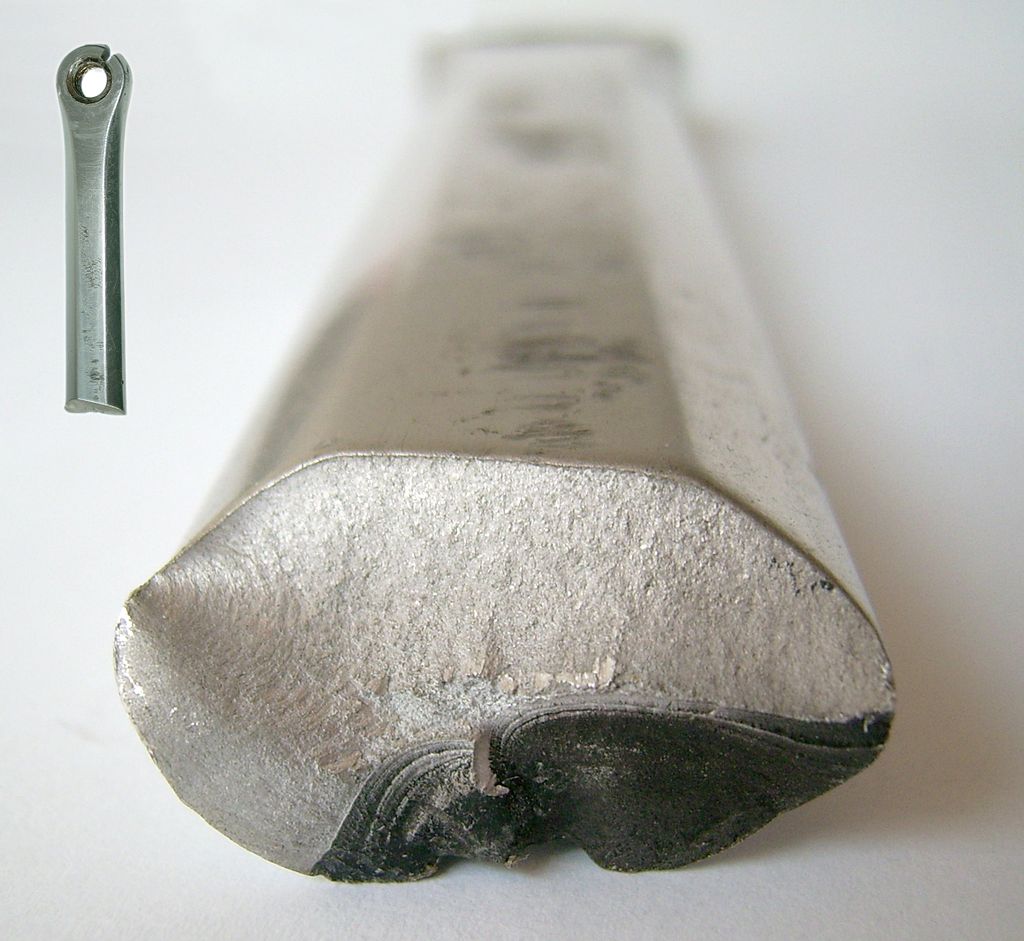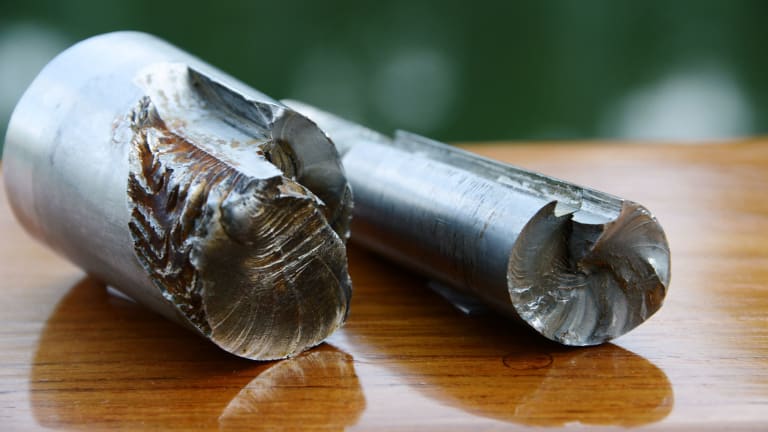Fatigue failure | What How to Overcome
Fatigue failure is a common issue faced by civil engineers. It occurs when a structural element experiences repeated loadings over time, leading to material degradation and a decrease in strength. With the right knowledge and preventative measures in place, it can avoid fatigue failure and ensure the safety and longevity of its structures.
What is Fatigue Failure
The development and spread of cracks as a result of a cyclic or repetitive load are known as fatigue failures. The majority of fatigue failures are brought on by cyclic loads that are far lower than those that would cause material yielding. The failure happens because of the load’s cyclical nature, which causes minute faults in the material to enlarge and form a macroscopic crack (initiation phase). The component may then fail structurally or at the pressure boundary if the crack continues to grow until it reaches a critical size.
Normal locations for the onset of fatigue fractures are stress concentrations and structural discontinuities. Additionally, fatigue cracks can spread from already-existing macroscopic cracks, such as weld flaws. Stress corrosion cracking is the result of the combination of the two effects (corrosion and fatigue cracking), which can be superimposed on a corrosion process.
Problems with Fatigue Failures
Steel bridge fatigue failure is a serious issue that has an impact on how long existing steel bridges will function. The weakening of steel components or accumulation of damage in a specific area brought on by cyclic loading or repeatedly applied stresses can be referred to as fatigue. When the nominal maximum stress is still much below the material strength as determined by the material testing, the material may become damaged in this situation. Microscopic cracks start to appear at areas of concentrated stress when the material is repeatedly loaded above a specific threshold. The steel members will then unexpectedly shatter as the crack spreads.
Design Considerations
When designing welded components that will be subject to cyclic loads, fatigue failure analysis is crucial. Welded components, which are typically found in steel structures, call for specific attention throughout the fatigue analysis procedure. It’s crucial to understand the components needed and the process for estimating the life and performing fatigue failure analysis on welded structures.
There are several methods that can use to prevent fatigue failure.
01. Design structures using fatigue-resistant materials.
02. Use advanced analytical methods to identify potential failure points and take measures to reinforce those areas.
03. Additionally, we can regularly inspect structures for signs of fatigue and address any issues as soon as they are discovered.
While it is not always possible to prevent fatigue failure entirely, taking these measures can help to reduce the risk and ensure that structures remain safe and serviceable for many years to come.
Since fatigue is a phenomenon that occurs when a material is subjected to cyclic loading, it can occur in any structure, including bridges, buildings, and offshore structures.
Approximately 30 percent of all bridge collapses are due to fatigue failure, making it the number one cause of structural failure in bridges.
How Fatigue Failure Occurs
A fatigue failure is a sudden, unexpected, and often catastrophic structural failure of a metal component. The primary cause of fatigue cracking is the repeated application and removal of loads from a metal structure, but it can also be caused by corrosion and residual stresses in the metal itself.
How to Prevent Fatigue Failures
The most common way to prevent fatigue failure is to ensure that there are no operational defects or damage present on the structure. Cracks on metal structures provide an easy path for the initiation of fatigue cracks, so these should be inspected regularly and repaired immediately if any defects are found.
A reduction in loading cycles can also help to prevent fatigue failure. This can be achieved through regular inspection and maintenance, as well as implementing load limits for specific operations. Altering work procedures can also limit the amount of loading that structures endure, such as by restricting access during times when heavy machinery is used nearby.
In addition to the steps that can be taken to prevent fatigue failure, it is also important for civil engineers to be aware of the signs that indicate that a structure may be at risk. These can include cracks, corrosion, and deformation. If any of these signs are observed, it is essential to investigate the cause and take measures to address the issue. With early detection and intervention, the damage caused by fatigue failure can be minimized.
civil engineers must be diligent in both the prevention and detection of fatigue failure. By taking measures to reduce the risk and being aware of the signs of damage, civil engineers can keep their structures safe and reliable for many years to come.





